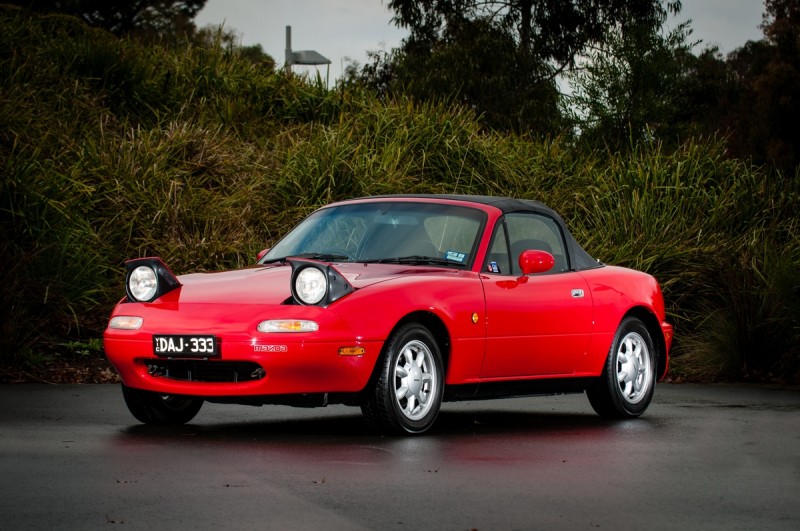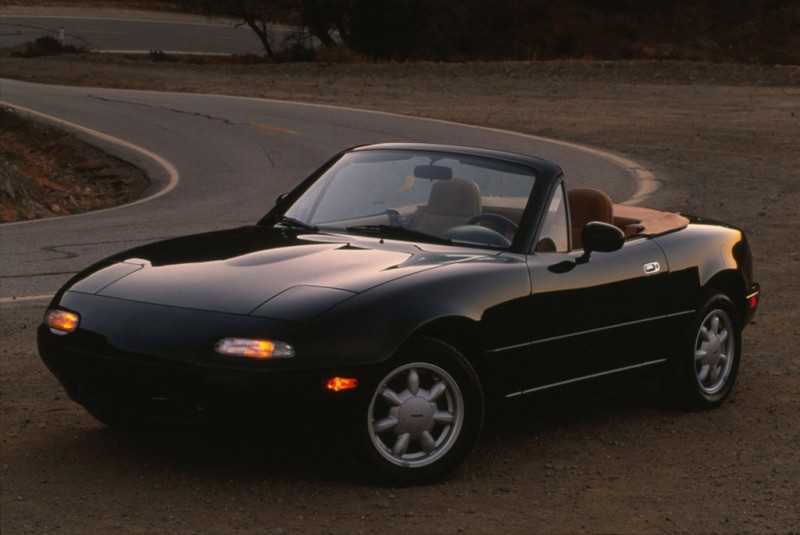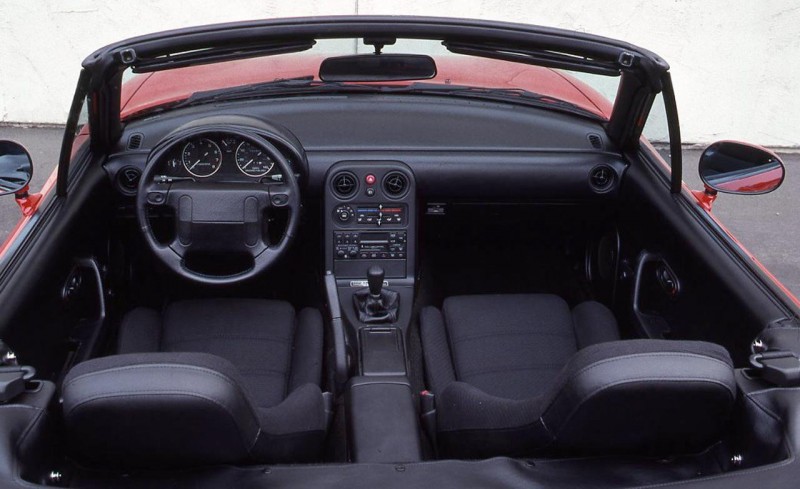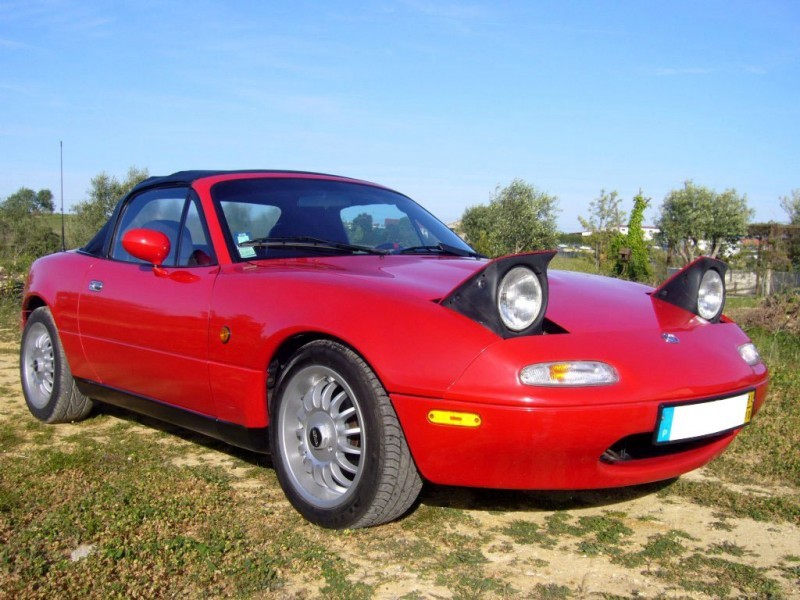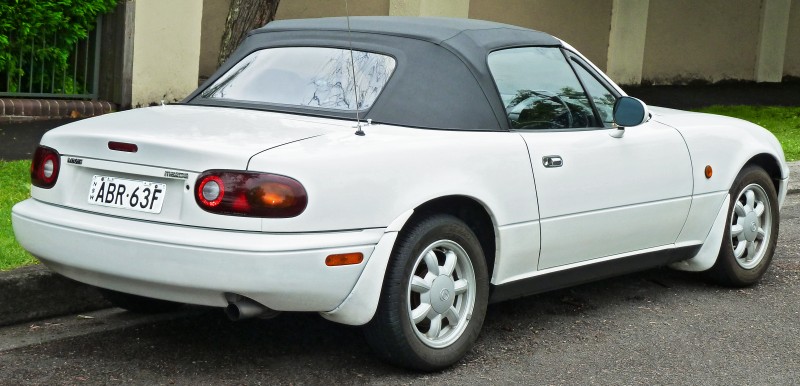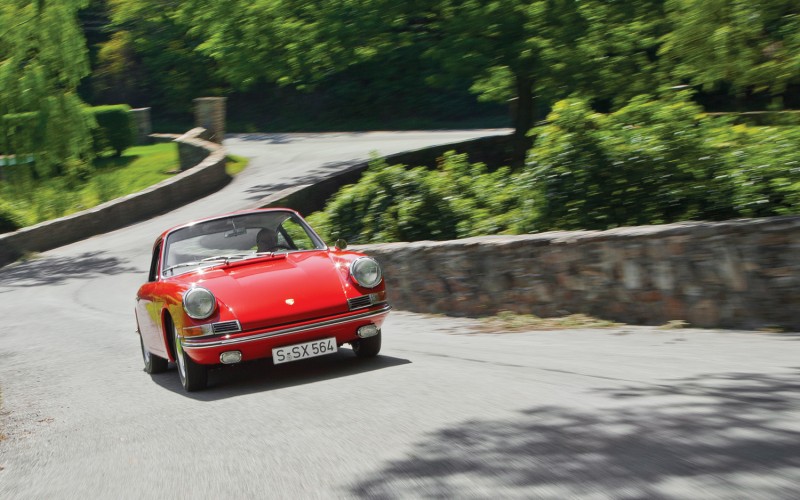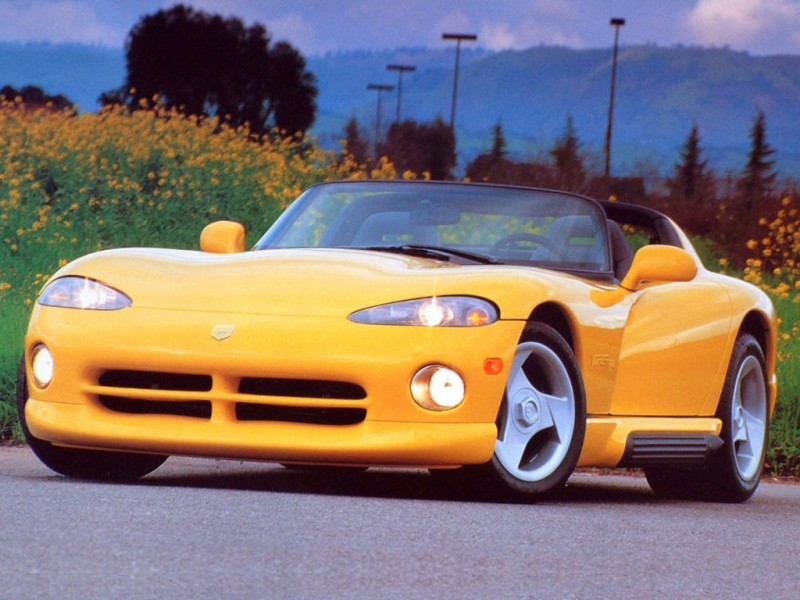The planets aligned, the sky’s stars were bright, the clouds shifted, and from motoring heaven, the Miata was delivered to us. Idolized today for its fun-spirited nature, the Miata was born into the world in 1989 but was conceived nearly a decade before.
The Great Miata Design-Off
In 1979, Bob Hall, who would later go on to head the design team of the car, conferred with Mazda to tell them they needed a ‘lightweight, two-seater sports car’ in their stables. Mazda must have taken the chat to heart because pieces soon started moving into place.
A few years later and Hall was working in California for Mazda, helping them develop projects. Since it was originally his suggestion he was soon put on a development project for the then-unnamed, Miata. From the onset, Mazda was uncertain about the best formula for the engine and driveline layout. Three project teams brought forth their proposed architecture – one mid-engine with rear-wheel drive, one front engine with rear-wheel drive, and one front engine with front-wheel drive.
After some convincing Hall’s California-based team won the design with their front-engine, rear-wheel-drive platform. Now with a firm idea of the car’s shape, style, and layout all that was left was to christen it with a name. Meaning “Prize” or “Reward” in Japanese the name Miata was selected because of the driving pleasure they hoped to deliver with their new sports car.
The 1989 Launch
Today the Miata is, by far, the most produced sports car in history, and its popularity is evident at almost any car event you could attend. However, in 1989, when the Miata was set to launch, Mazda had never dreamed of the celebrity appeal it would eventually have, initially setting a low-unit first run. By the end of 1990 production volume had doubled from their initial intentions for manufacturing. In these early years Mazda sold close to 40,000 Miatas annually, they could not believe the success they had created.
A Featherweight Figure
The reason for the car’s success though was in its sheer simplicity. The car was incredibly light, around 2,100 lbs, thanks to Mazda’s liberal use of aluminum all over the small car. This lightweight design gave allowed the engine to build speed quickly and maintain speed. Driving pleasure came from its tight, responsive rack-and-pinion steering that was coupled to a superbly tuned double-wishbone suspension with anti-sway bars, which made it handle unlike anything else on the road. A low ground clearance only multiplied that perception of speed. And finally, so as not to upset the car’s delicate weight advantage there were only a handful of options available from launch.
All Sorts of Specials
The first changes came in 1991 and Mazda made sure they were slight. Alterations included ABS, and buyers could opt for an automatic transmission, that is about all. The story this year though is the trend that Mazda would start with the Miata by the introduction of a special edition.
Special editions would go on to be a yearly occurrence and celebrated options, new colors, and were the best way to make you stand out in the massive Miata market. This first special edition was in British Racing Green, an homage to the ethos behind the car’s design, had a tan interior, and almost every option available at the time.
The next two years, 1992 to 1993, only had minor changes to the car, mostly in the form of new options. Two more special editions were put out, both with black exteriors but one with a tan and the other with a red interior; each had unique wheels and interior options.
Picking Up the Pep
The first major revisions came in 1994 when government regulations mandated a passenger airbag now be standard. Mazda simultaneously took this chance to enrich the Miata’s appeal and performance. 13 horsepower were extracted from a modest, .2 liter displacement increase, although there was no increase in torque. Other adjustments were that the brake diameter increased, as did the fuel tank size, the optional wheels became wider, and the Miata logo was now written in a seductive red paint. The special edition for this year was known as the M-Edition, it came in a mesmerizing Montego Blue with almost every option, but most importantly a Torsen limited-slip differential.
After this year the Miata stayed mostly the same until the end of its first iteration, in 1997. Five more horsepower was found from an engine re-calibration in 1996 and some interior tweaks were made, but other than that Mazda knew well not to stir more stuff into the pot and ruin the recipe. Plus, a new model was destined for 1999.
Mazda had found that the world demanded more from their miracle car and more changes had to be made. After only eight years of production, though, the car community was never to be the same. Mazda’s new hope for sports cars had concluded a successful first chapter, and they knew there were further chapters to write; along with many more authors waiting to contribute to the legacy.
Specifications
- Years: 1989 – 1997
- Motor & Layout – Inline Four (Front Mounted)
- Seating: 2
- Displacement – 1.6L / 1.8L
- Drive – RWD
- Power (hp) – 115 hp (1.6) / 133 hp (1.8)
- Torque (lbs-ft) – 100 lbs-ft (1.6) /
- Transmission – 5-speed manual / 4-speed automatic
- Wheelbase – 89.2 in (2,265 mm)
- Weight – 2,070 lb (940 kg)
- CoD – 0.38
- 0-60 mph – 8.1 seconds
- Quarter-mile – 16.8 seconds
- Top Speed – 126 mph (203 km/h)

